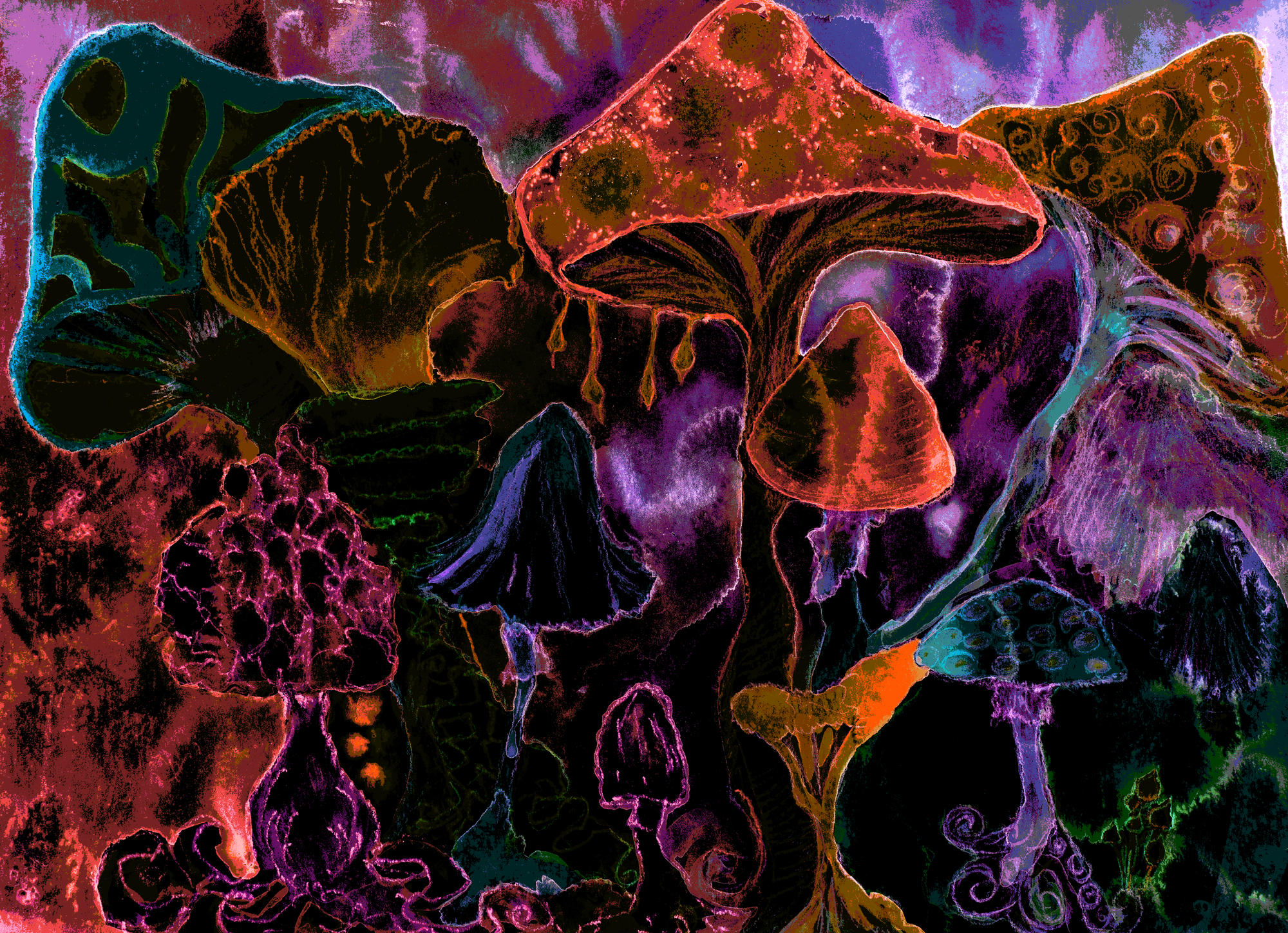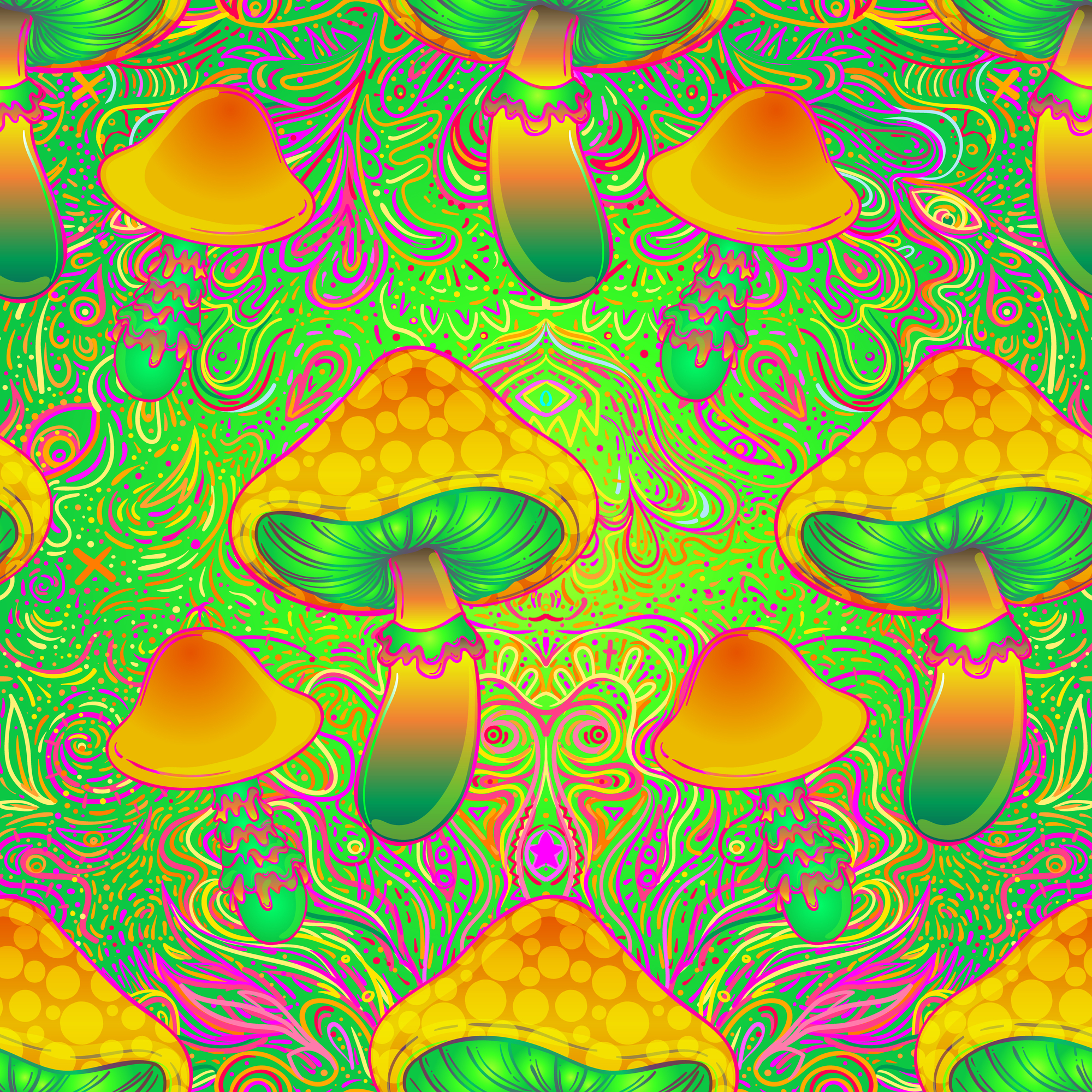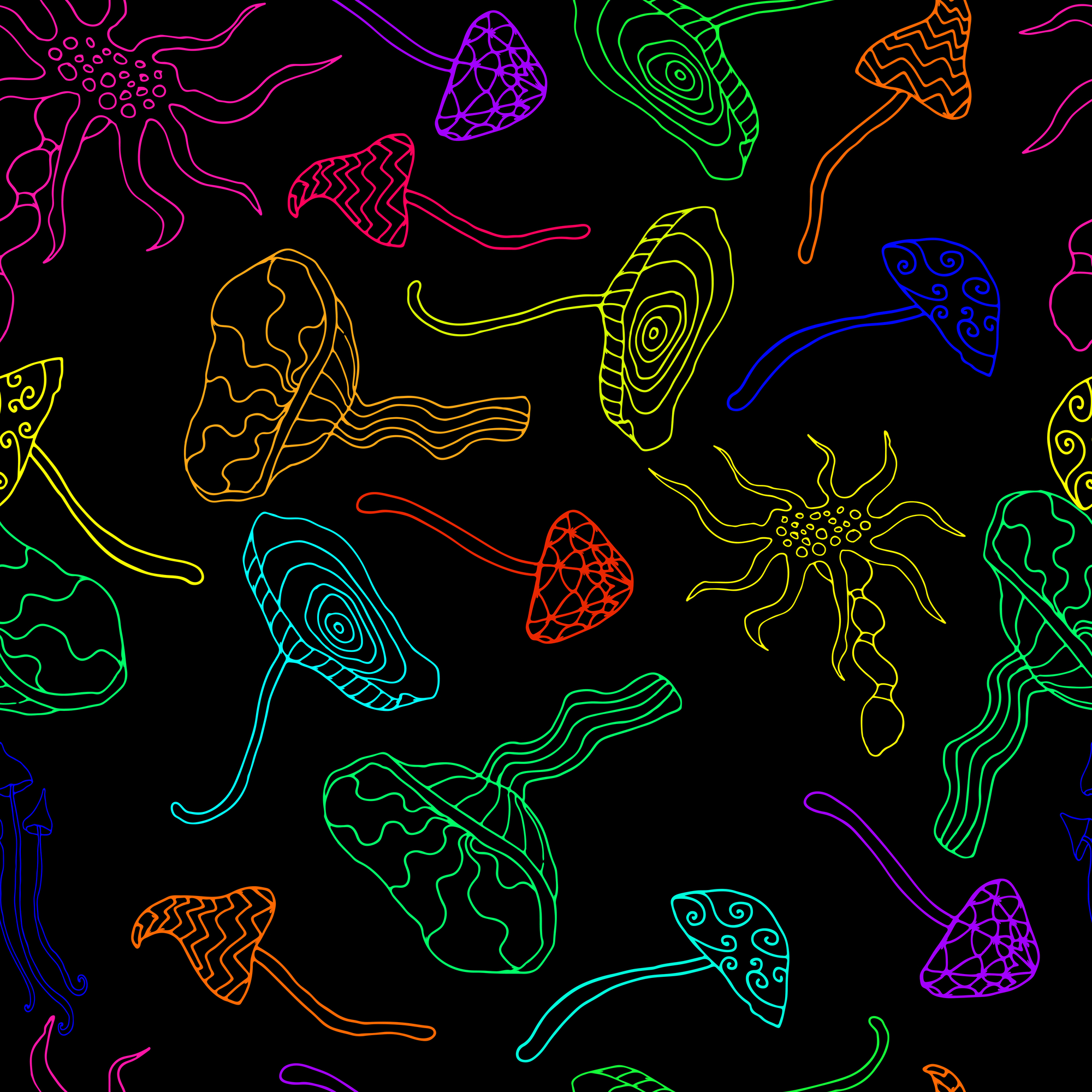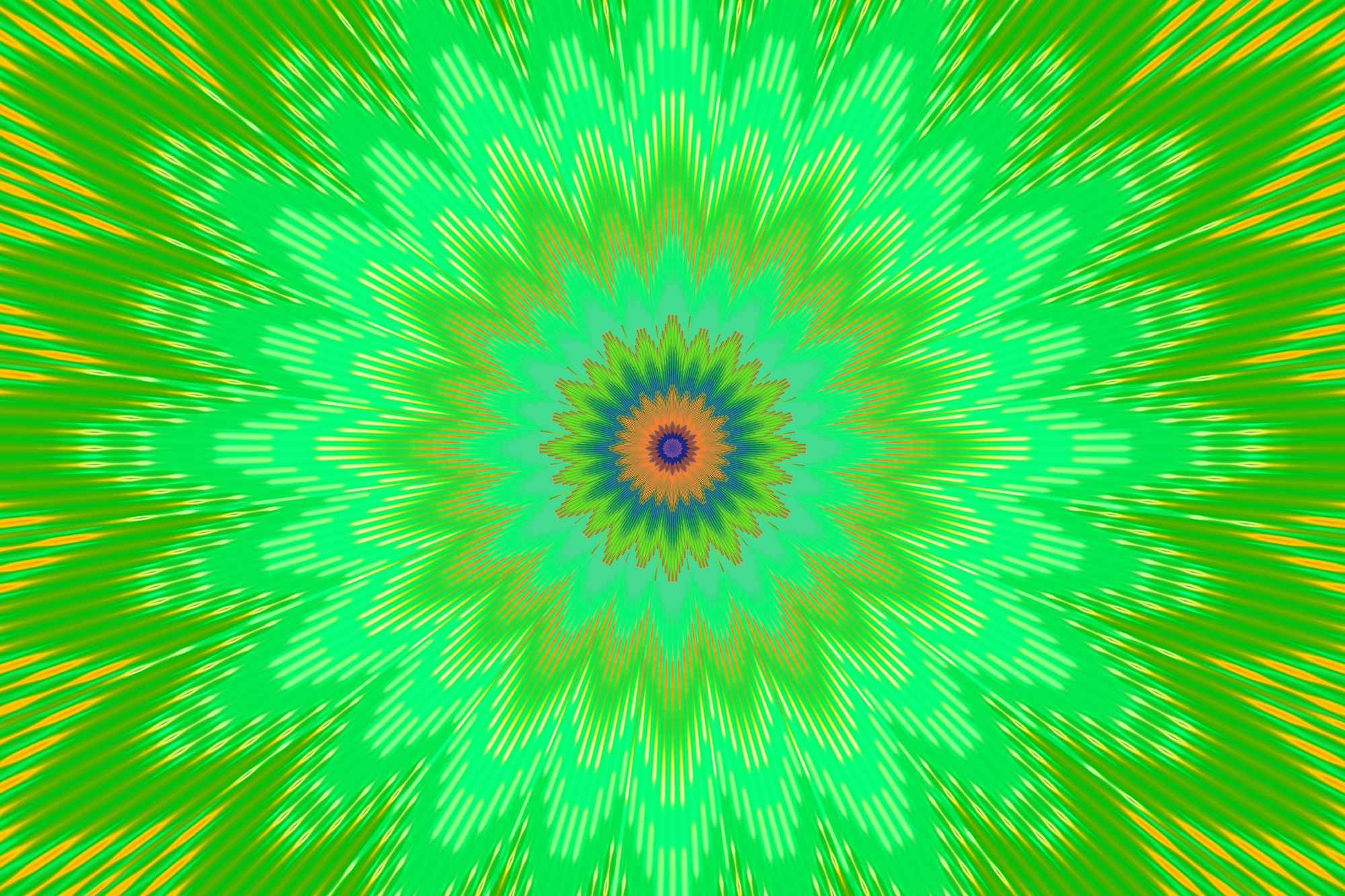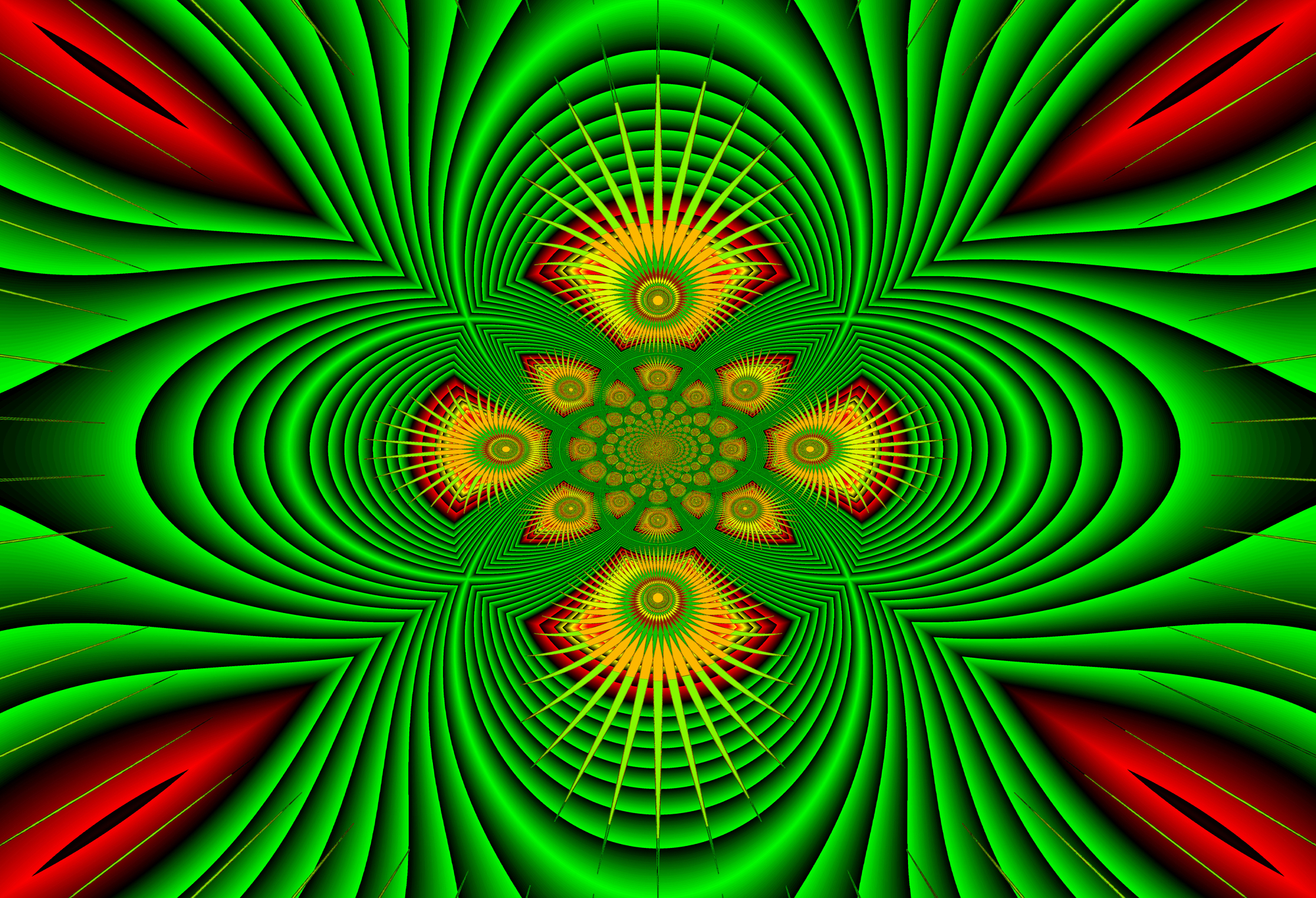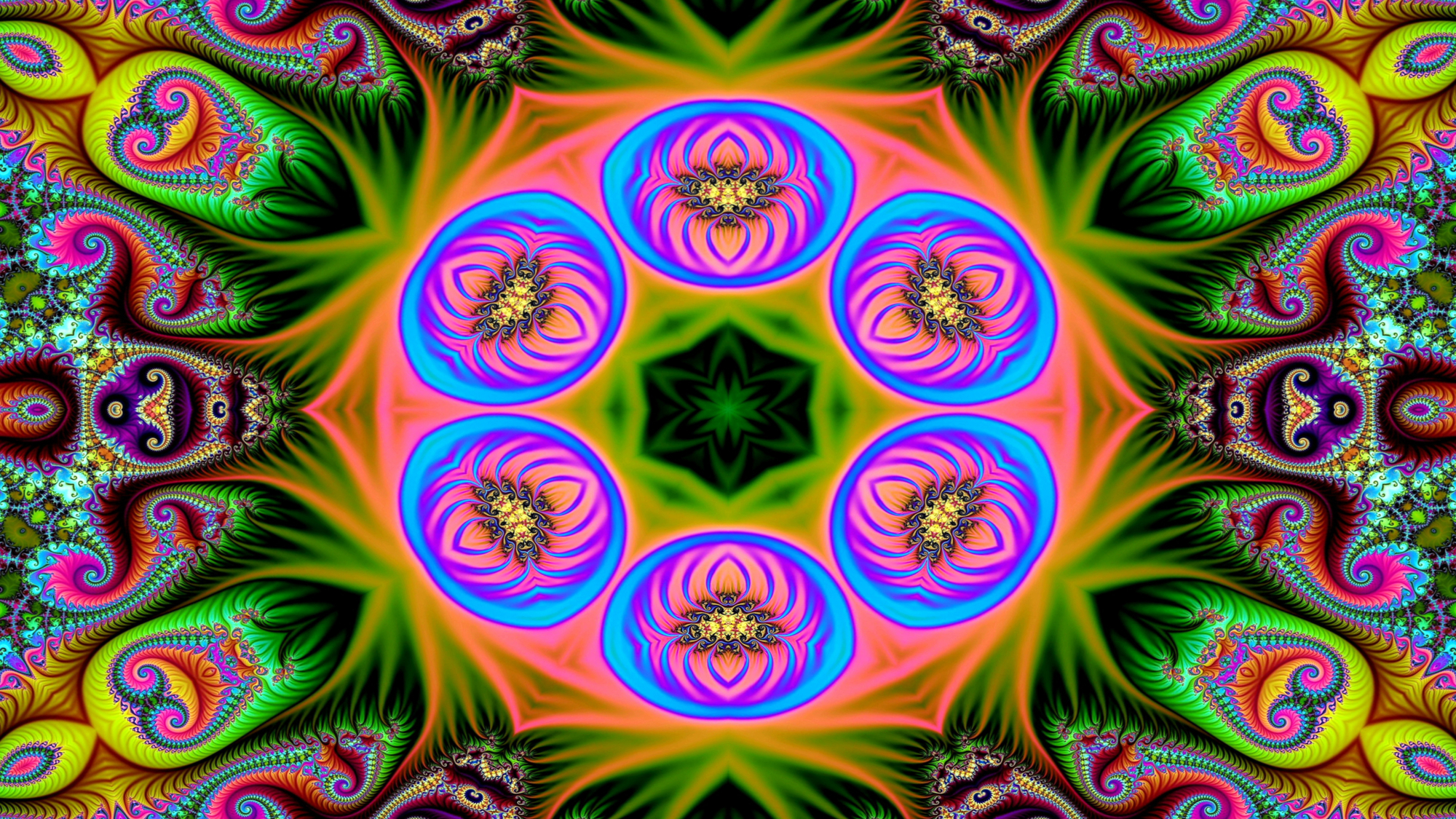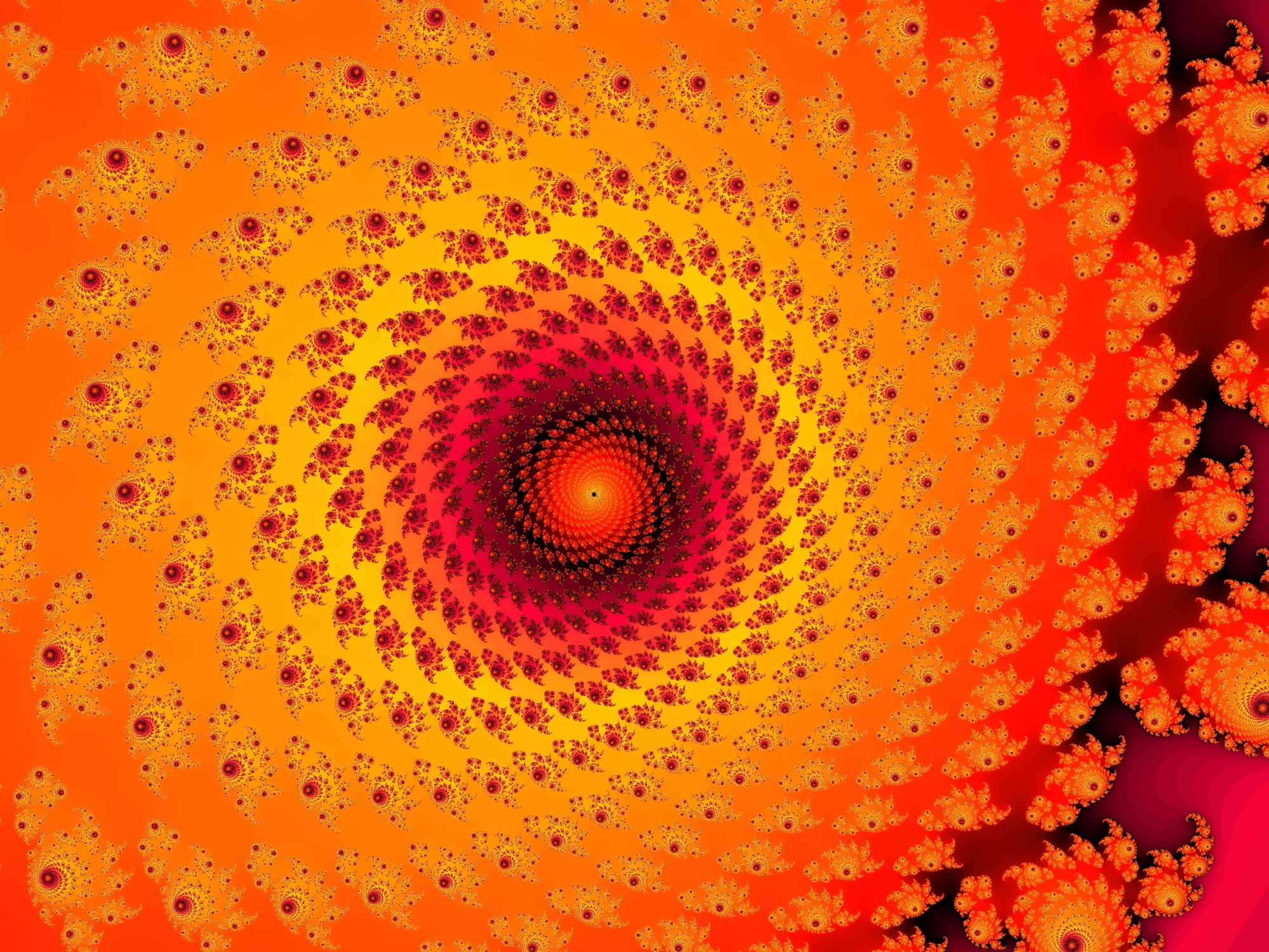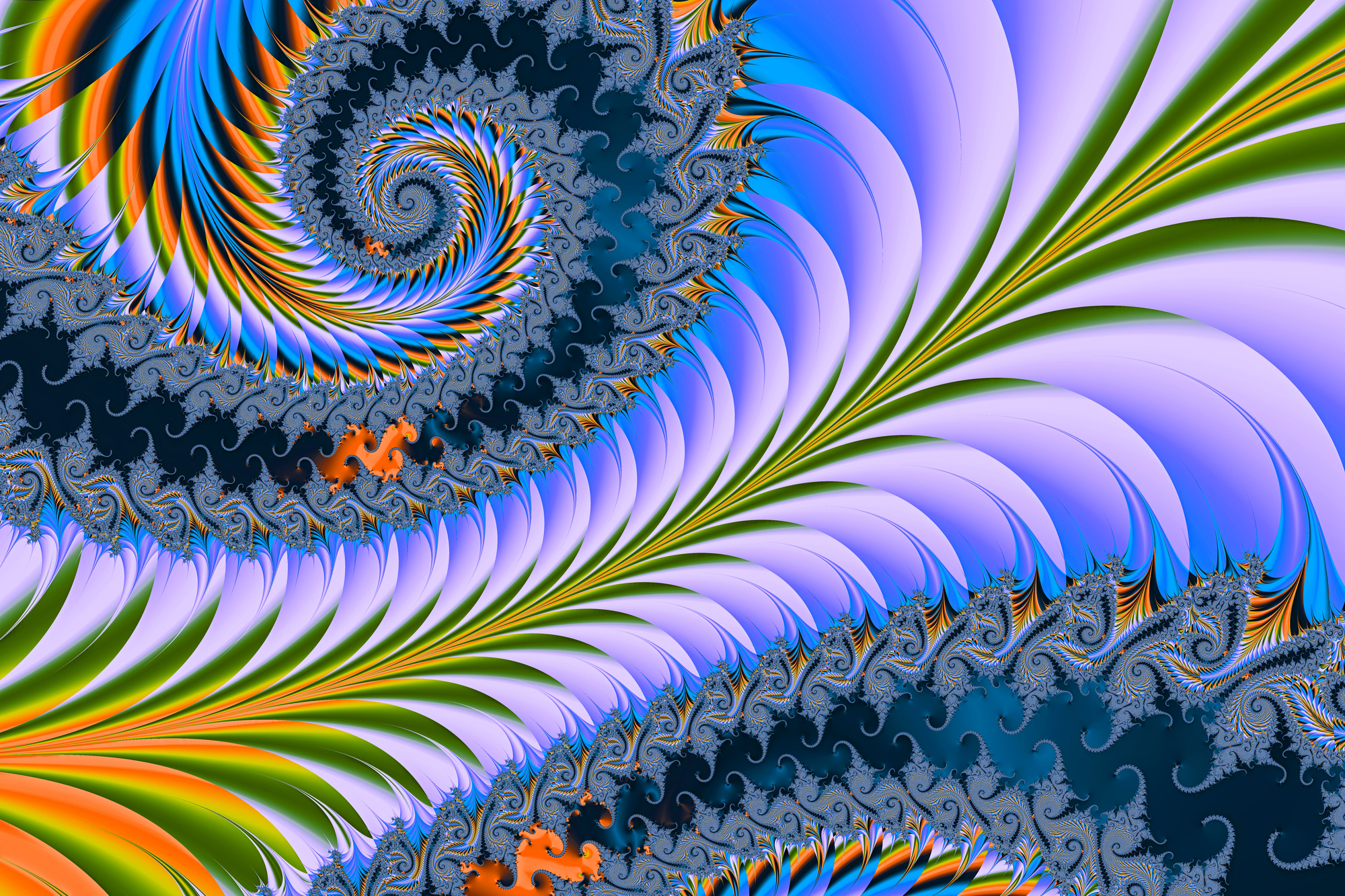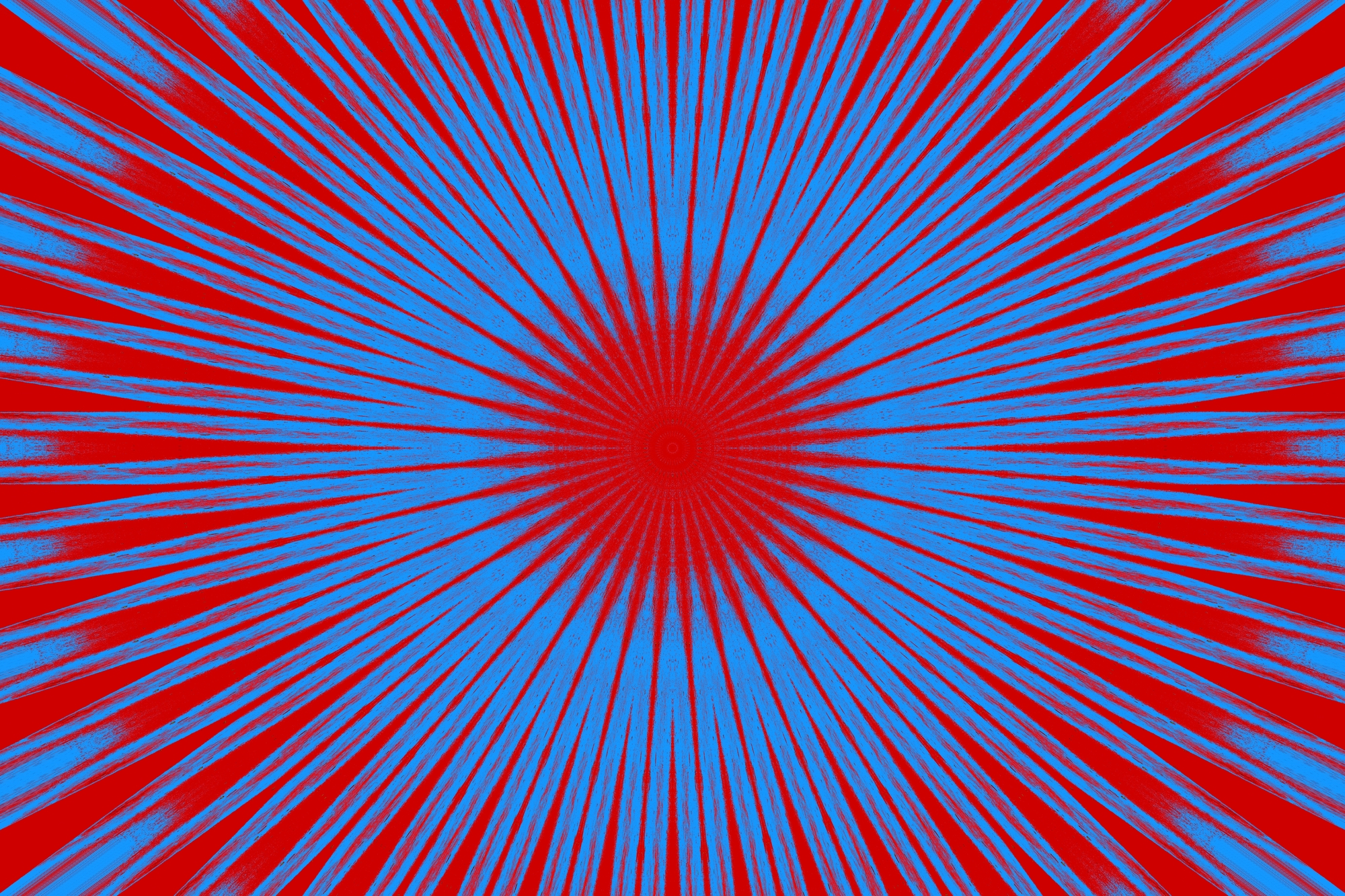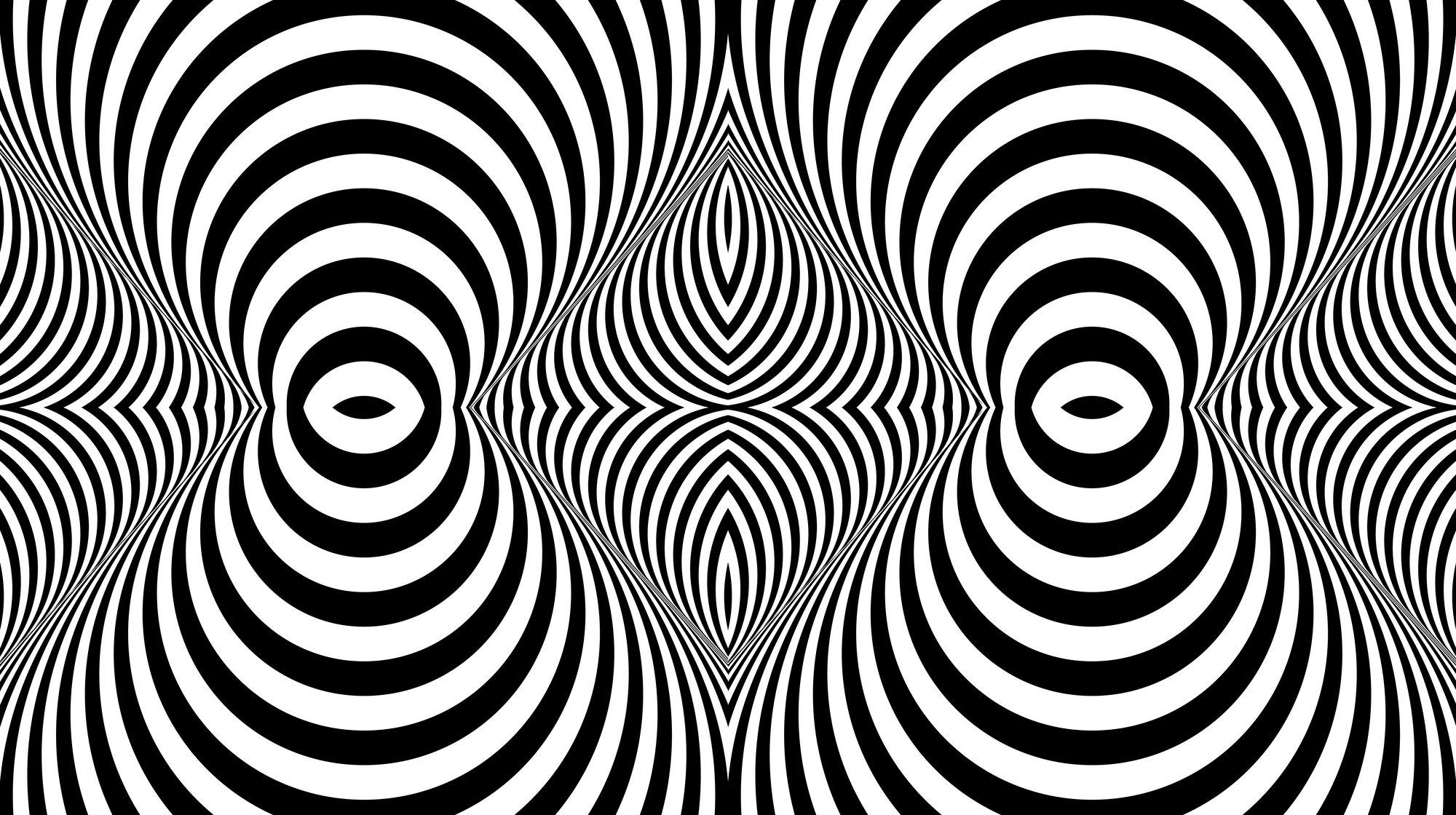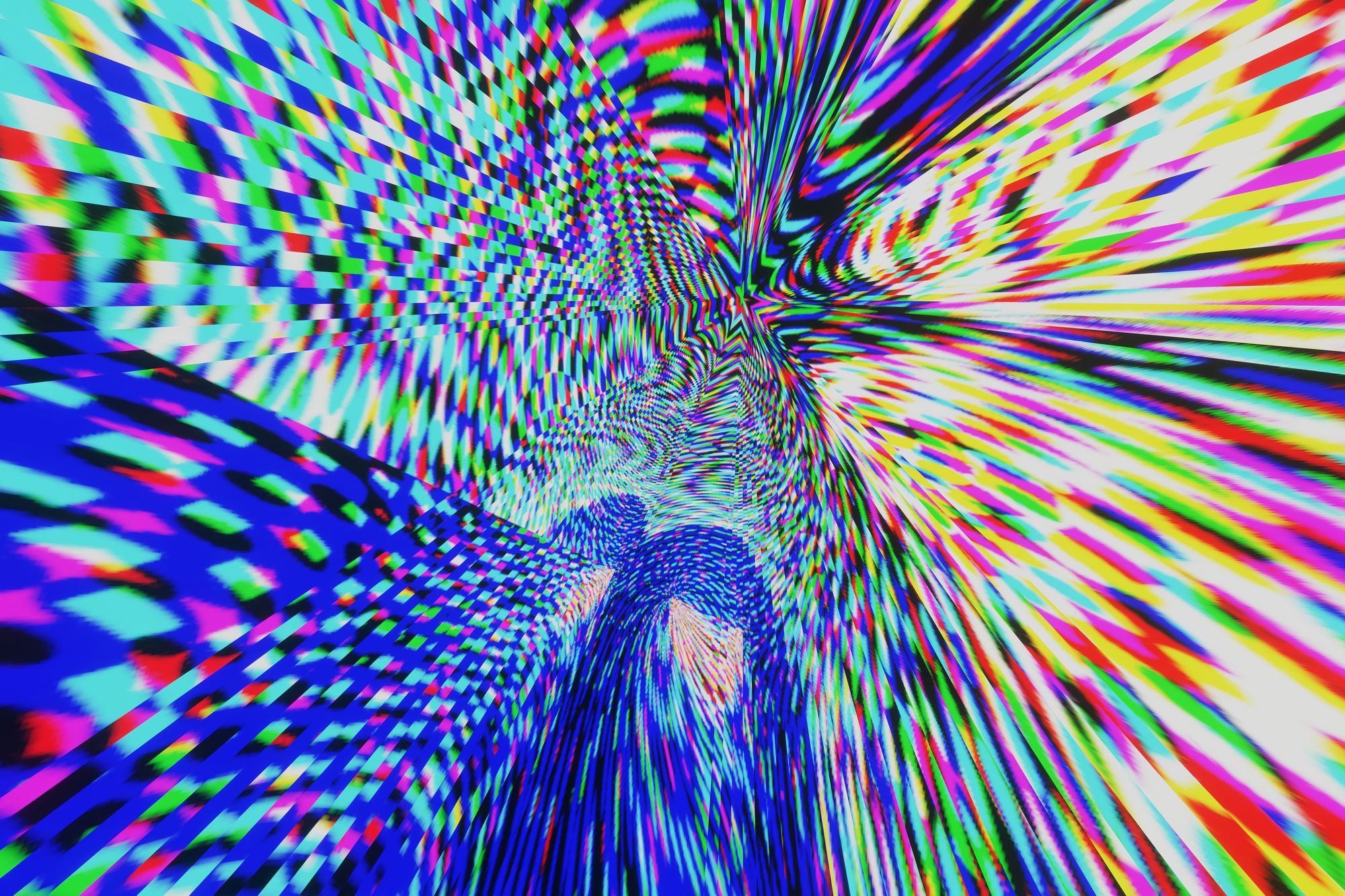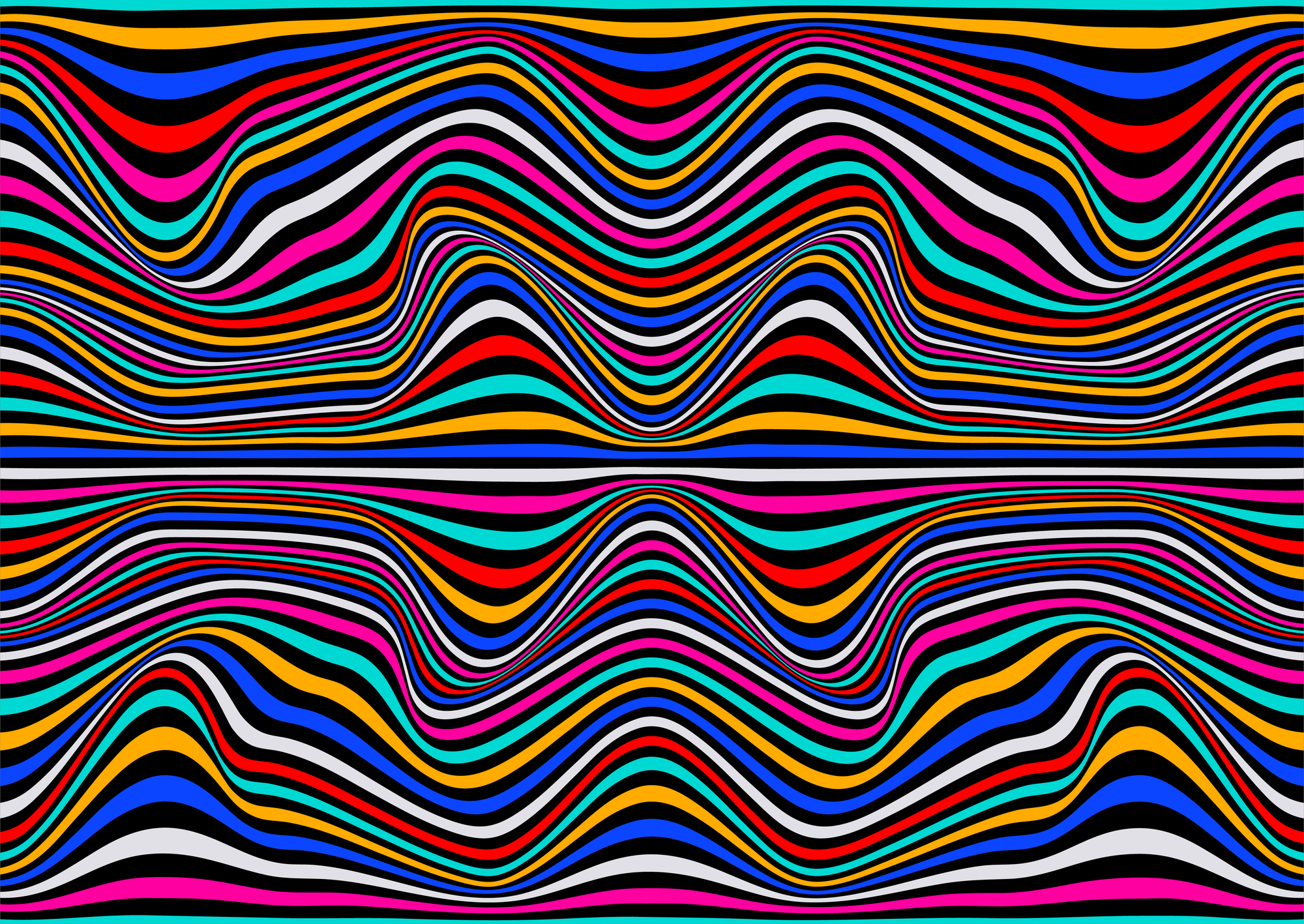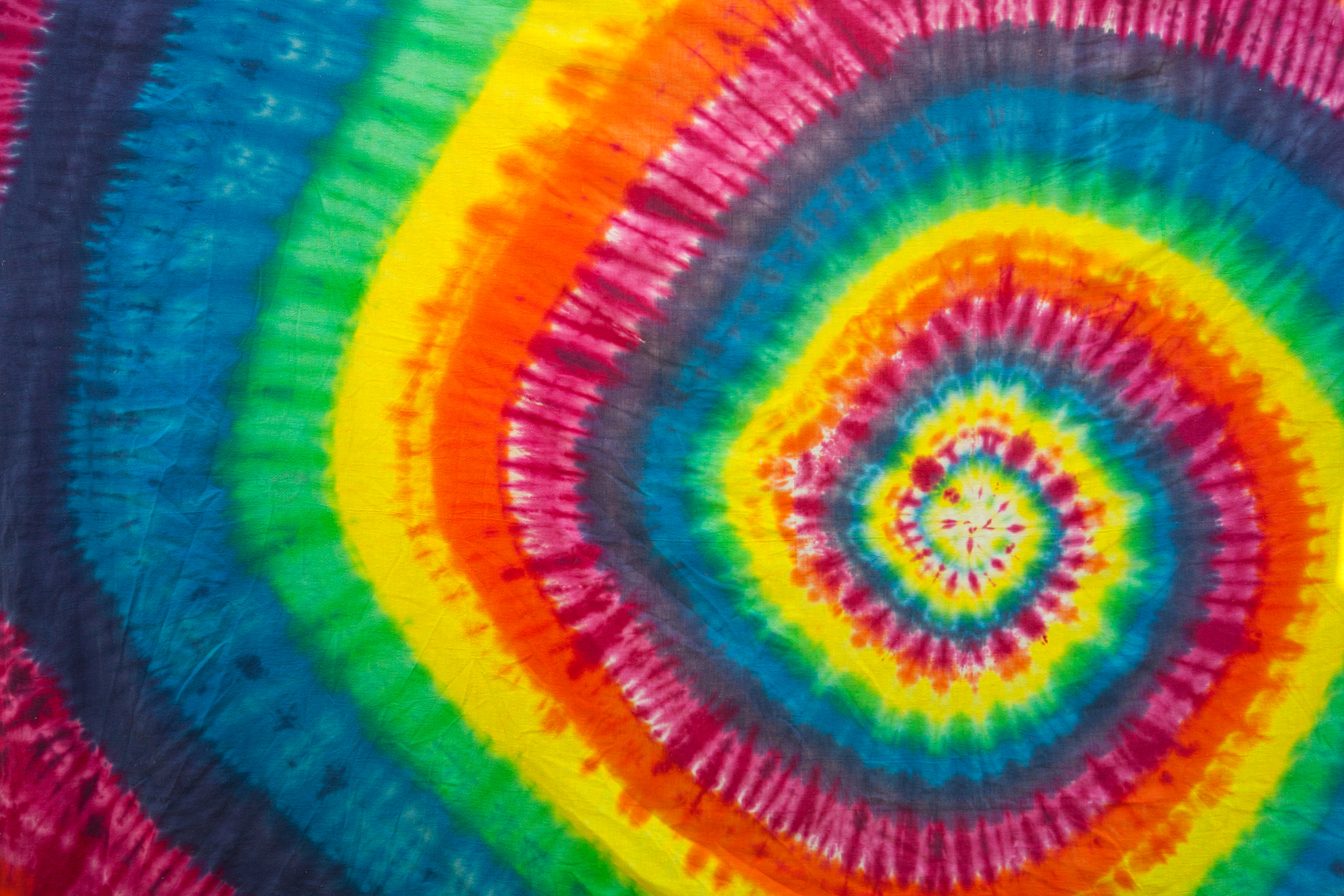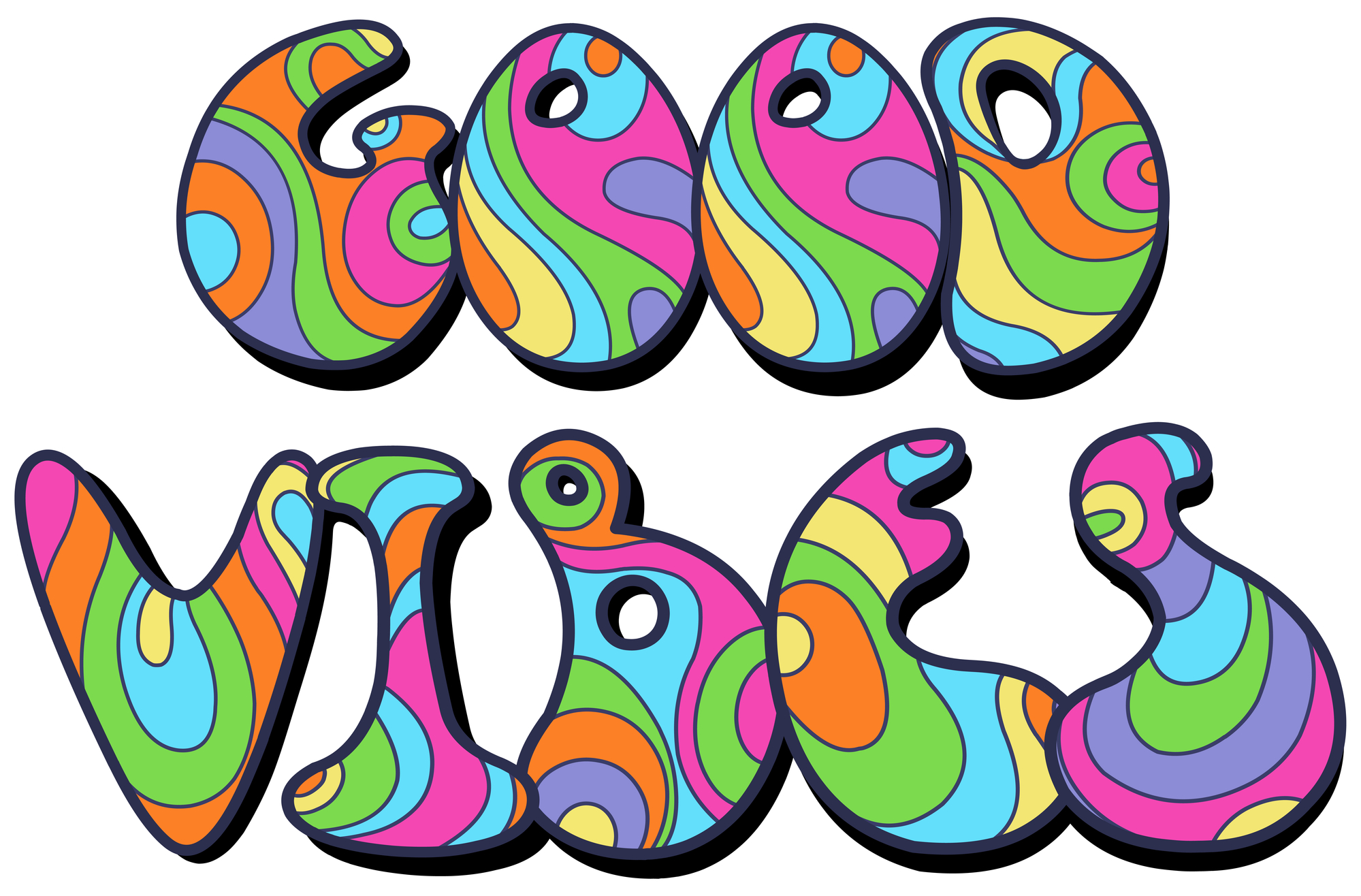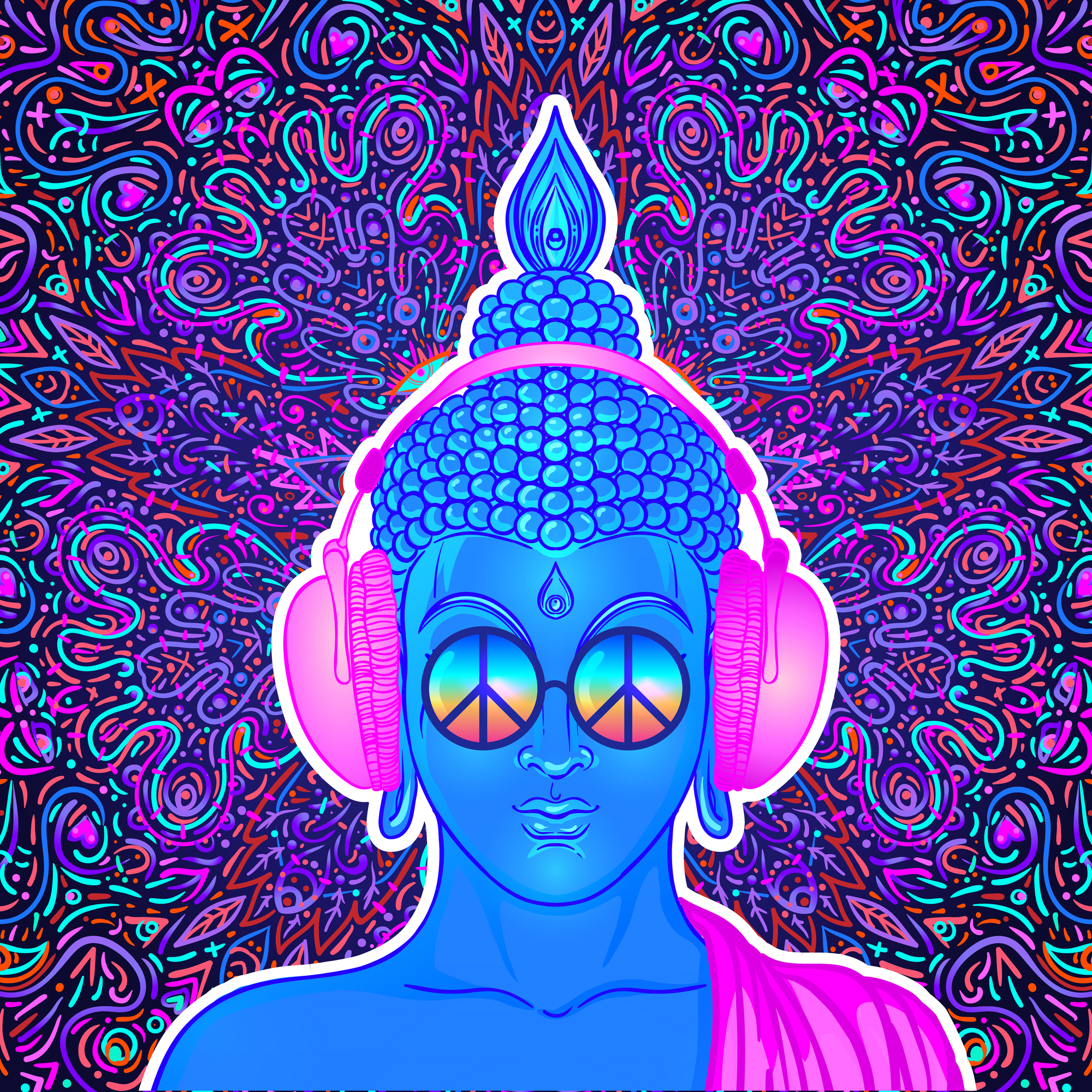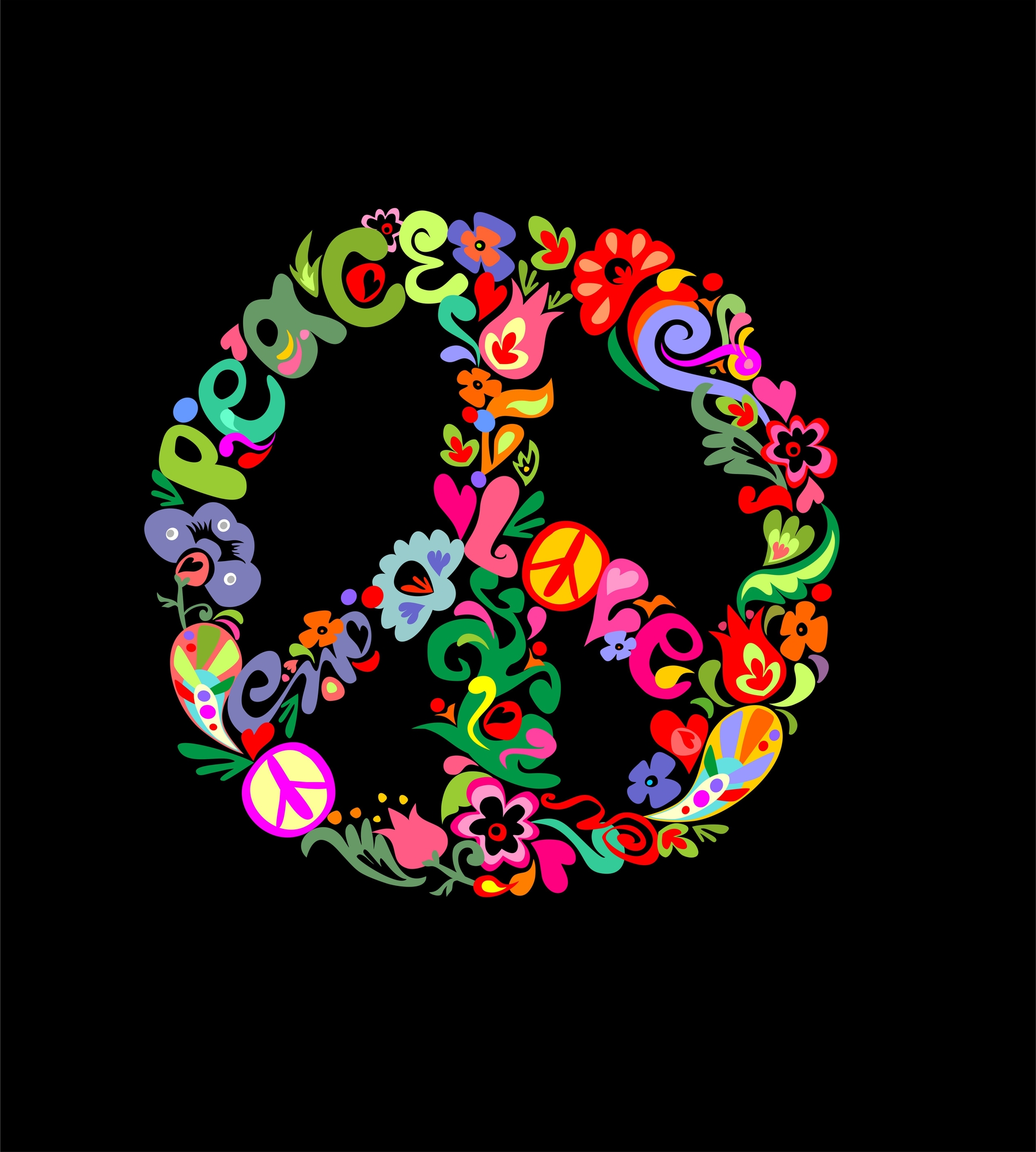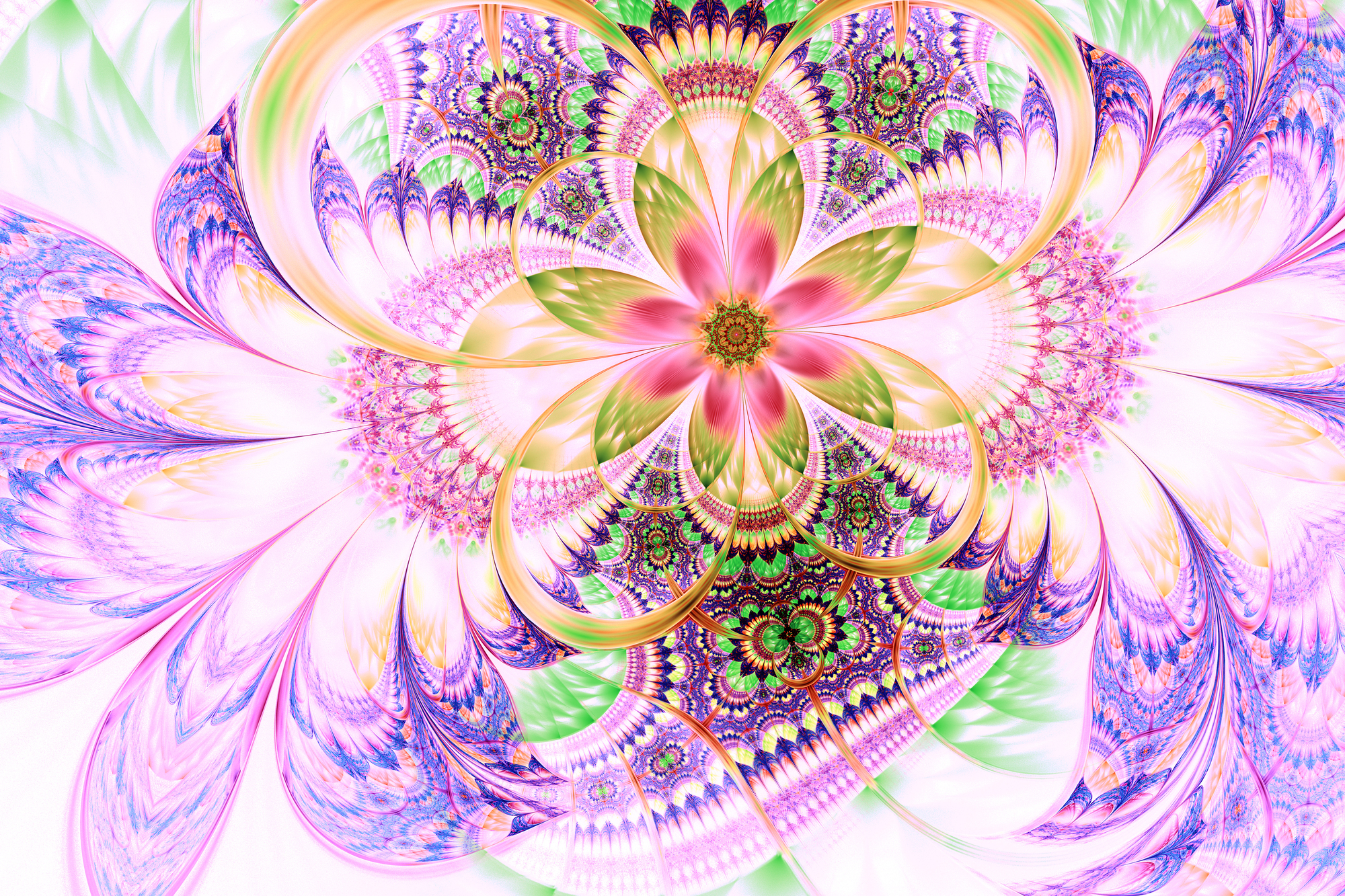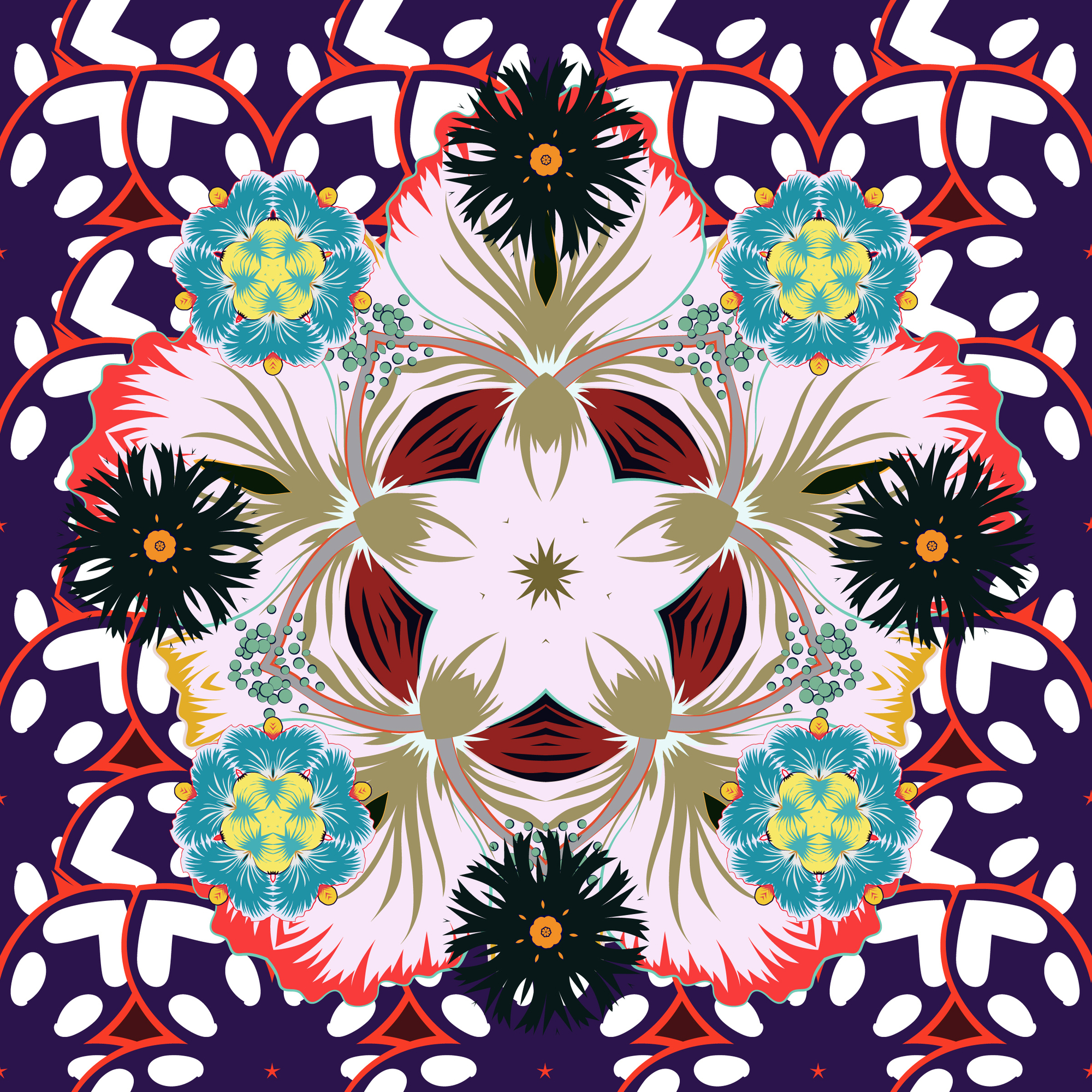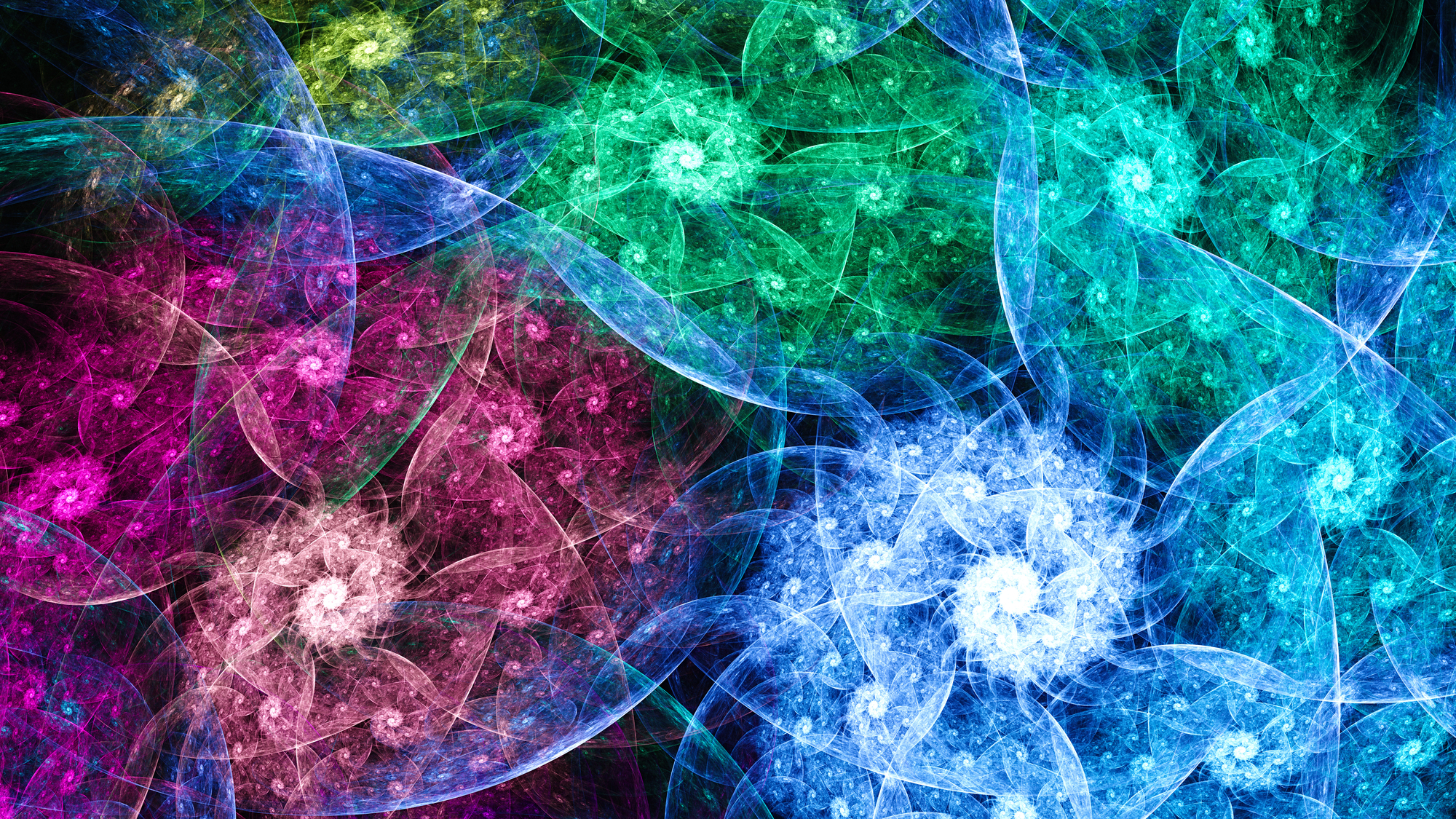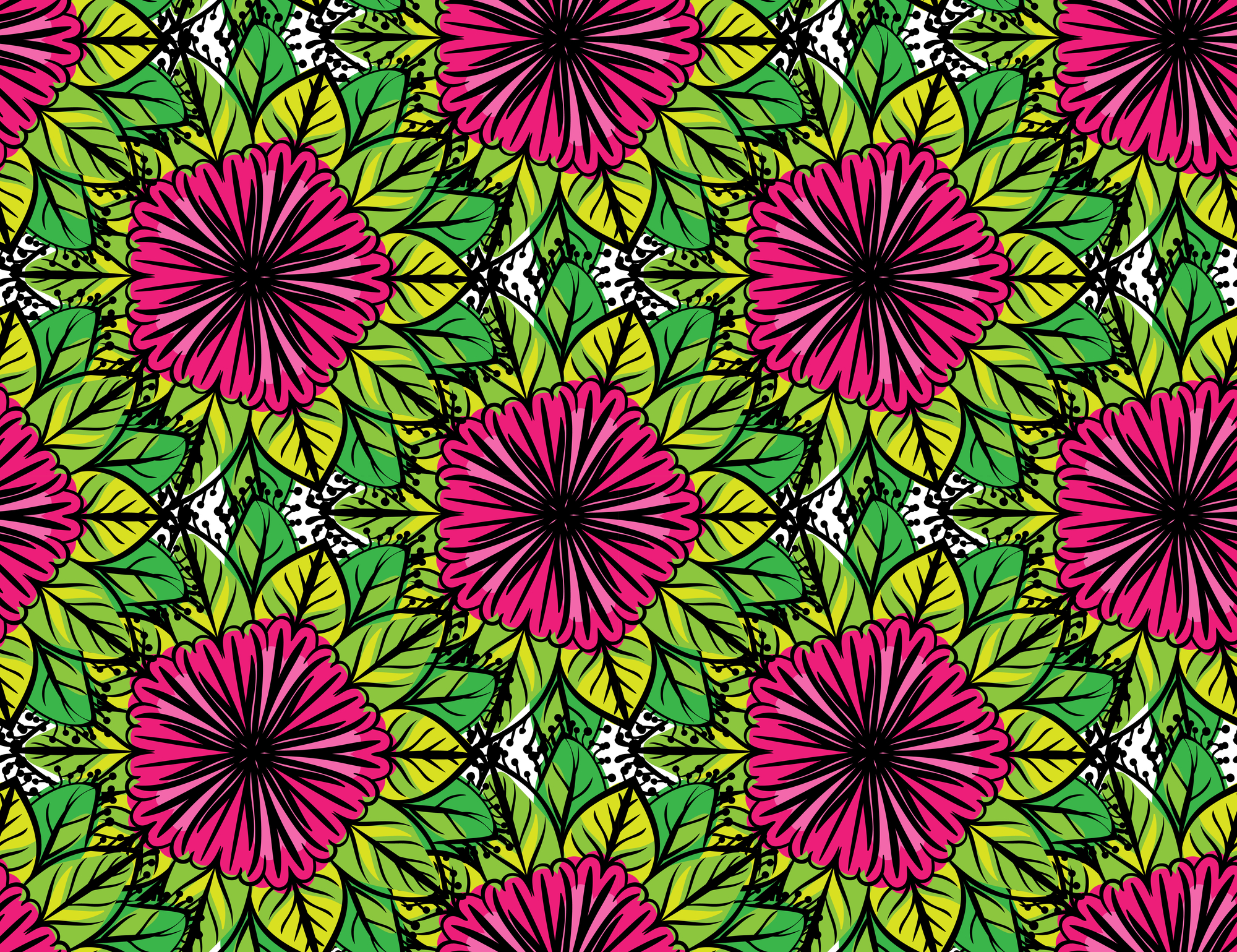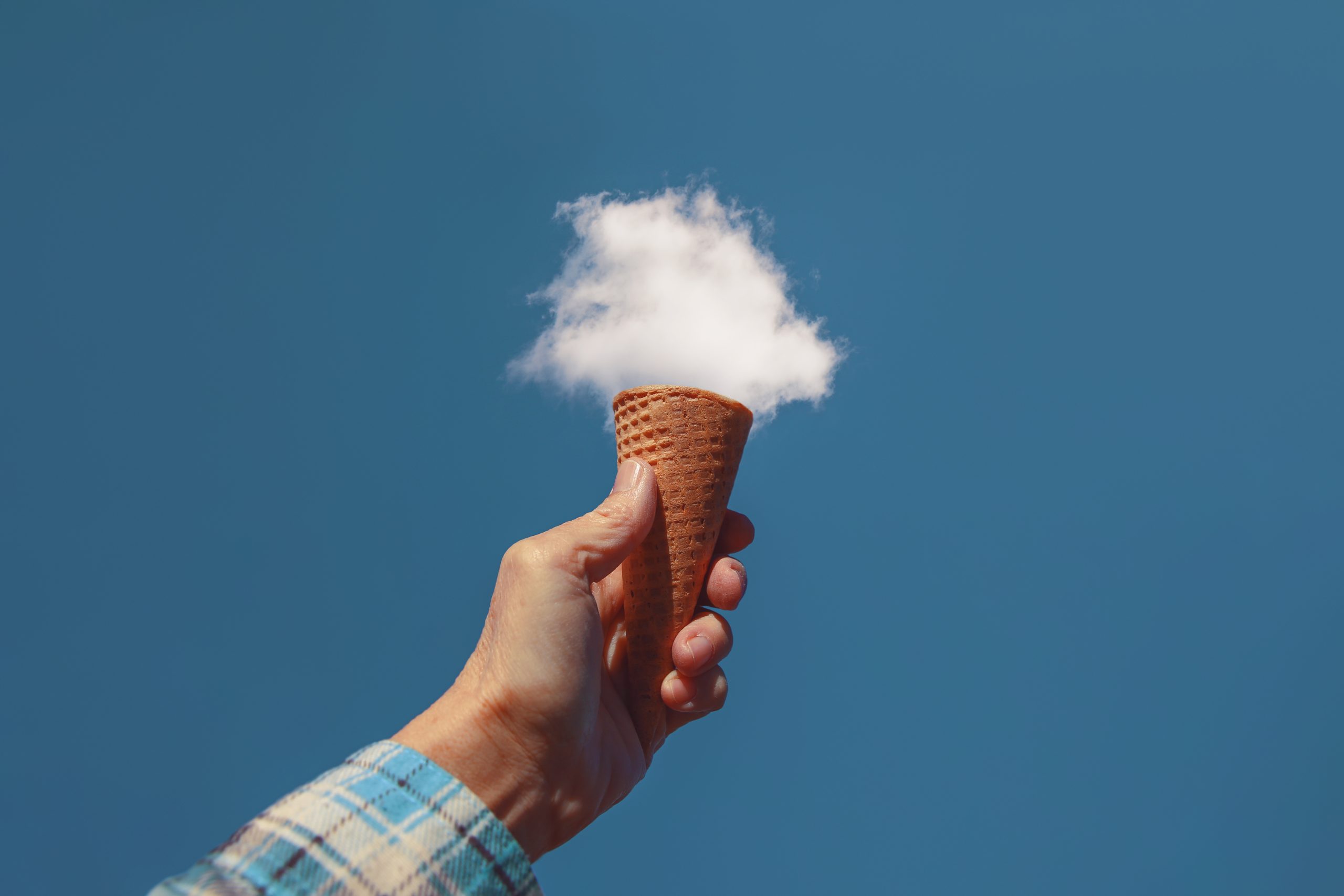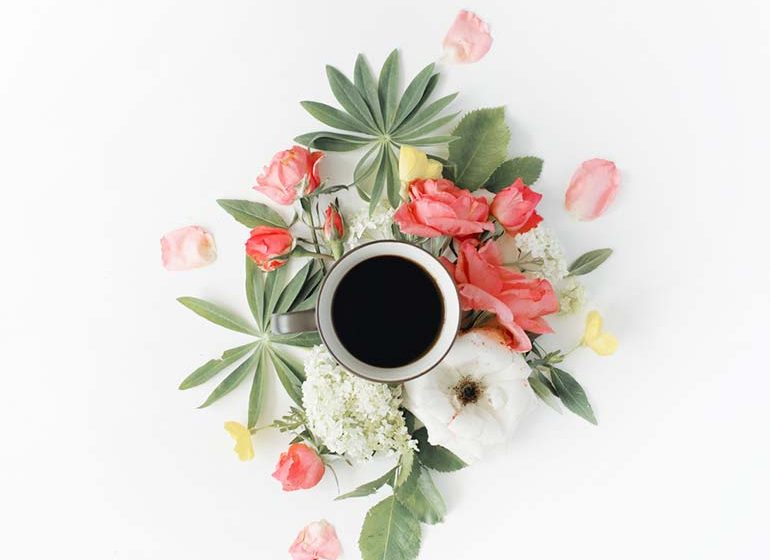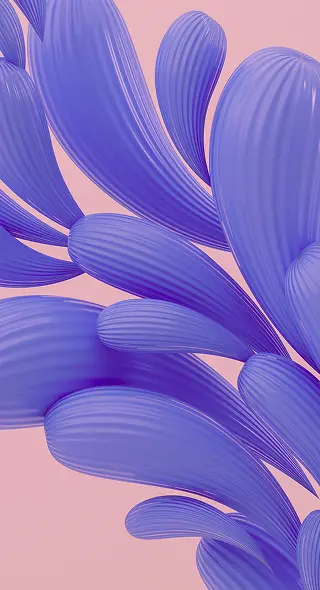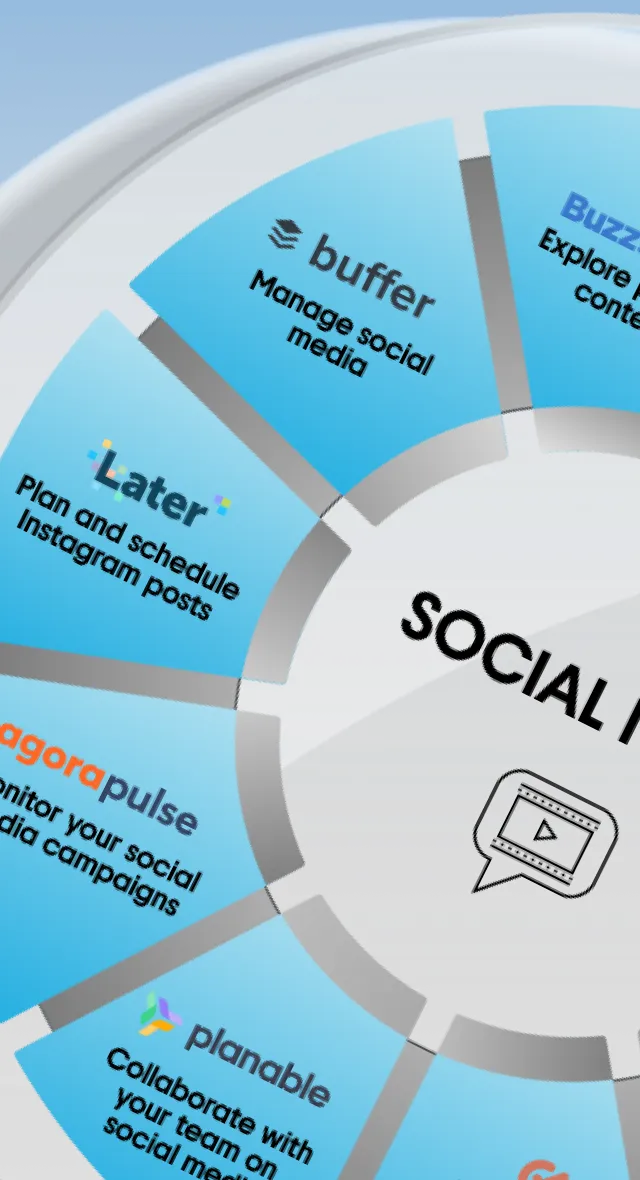Trippy Psychedelic Art: A Brief History, Design Ideas & Tips
Psychedelic art originated in the mid-1960s as a visual style inspired by changing states of consciousness. Preserved through the decades, it has influenced popular culture in countless ways, becoming one of the most exploited styles in design. The acid colors, spontaneous lines, and vivid shapes of this trippy aesthetic are every bit as relevant today as they were in the days of LSD-fueled hippies. In 2022, psychedelic art became one of the creative trends inspiring designers, photographers, and all sorts of creatives worldwide.
Psychedelic design is a great way to seize people’s attention and hypnotize them with trippy colors, distorted visuals, or surreal animation. Although it’s not common to use this aesthetic at full blast for business purposes, graphic designers can still use specific elements of psychedelic art to create eye-catching visuals and ads. Whether you’re building a new campaign or want to experiment with your visual communications, the surreal imagery of psychedelic designs can ensure that you stand out!
To help you learn more about this iconic trippy aesthetic, we prepared a guide with a special collection of psychedelic pictures and videos. Keep reading to get inspired by surreal visuals and discover new ways to attract your audience’s attention!
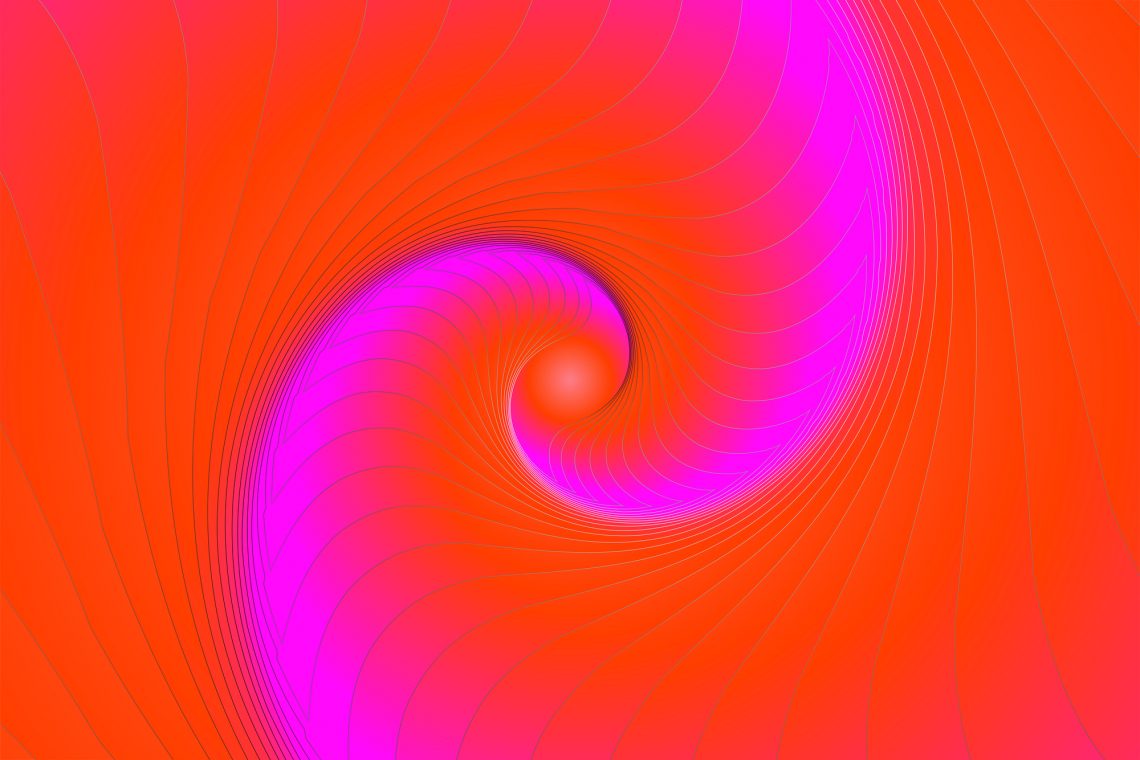
What is psychedelic art?
Psychedelic art typically referred to artistic experiments of the mid-1960s that attempted to recreate the experience of altered consciousness through incredibly eye-catching graphics and mind-bending distorted visuals. Psychedelic drugs, such as LSD and psilocybin, essentially fueled the movement because of how they affected visual perception. Trippy art reflected the hallucinations and surreal images commonly experienced after taking drugs.
Today you don’t need to take drugs to find artistic inspiration and explore the trippy aesthetic — there’s no secret to recreating psychedelic designs. Several elements can help you generate trippy kaleidoscopic visuals, such as exuberant colors, intricate details, fantasy imagery, swirling patterns, and so on. These are known to stimulate the senses, intensify emotions, and distort perceptions, ensuring that your designs will instantly draw attention.

A brief history of the psychedelic art movement
Psychedelic art, with its acid colors, curly lettering, and vibrant forms, recreates the altered perception under LSD, but it didn’t emerge from just the influence of psychotropic drugs. As with other art genres, it was also highly influenced by other styles.
The ’60s trippy aesthetic owes a lot to Art Nouveau, with its organic imagery, asymmetrical lines, looping shapes, and feminine figures. While Art Nouveau was a response to the industrial age’s urban growth and rapid technological development, psychedelic art was fueled by the hippie movement that criticized the military-industrial complex. Art Nouveau was an alternative to “traditional” art, inspiring the graphic artists of the ’60s to rebel against conventional aesthetics and mainstream design.
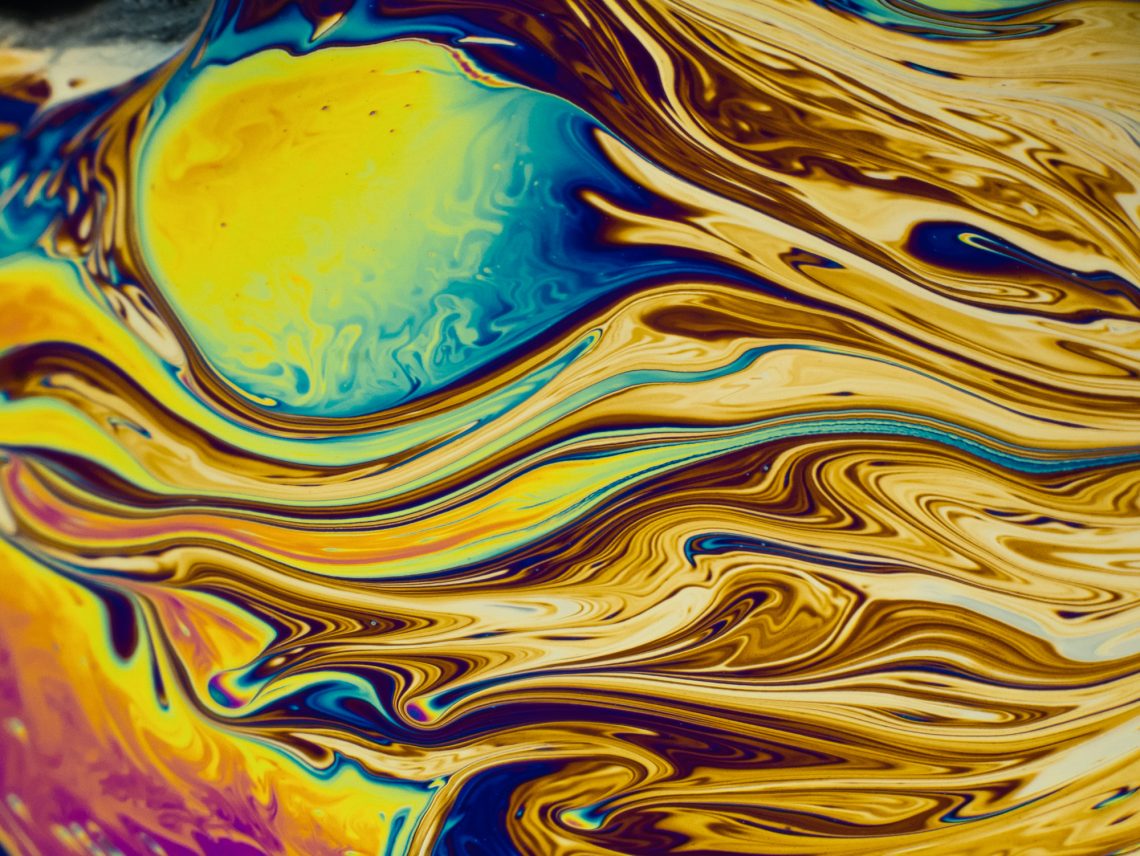
Op Art, which used optical illusions to distort the viewer’s perception, proved to be another significant influence on the development of trippy art. Psychedelic artists borrowed its elements to create visuals that appeared to be vibrating and moving as a reminder of the LSD experience.
The graphic artists of the ’60s were also inspired by Pop Art’s super-bright colors and mass reproductions of well-known images. They borrowed some typical elements from it while giving them a trippy makeover to emulate the experience of an acid trip.
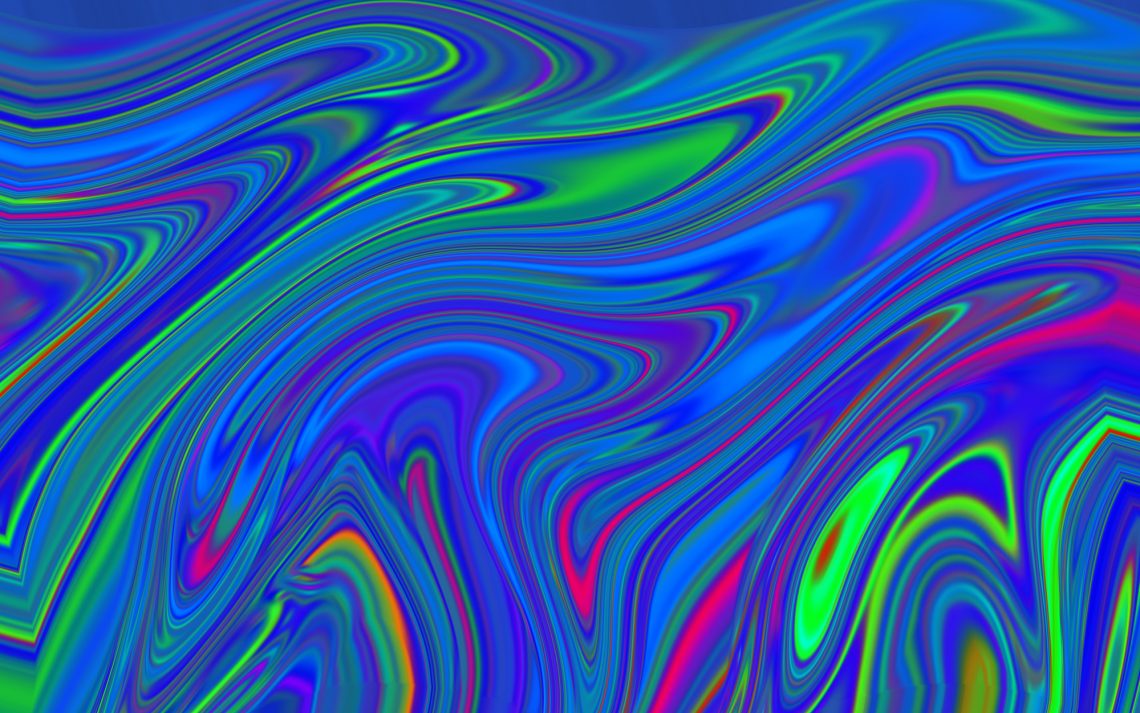
Why was psychedelic art so popular?
Psychedelic art was a truly liberating movement, reflecting the freedom that mind-expanding drugs could provide. Artists got bored with the limitations of traditional art and embraced the trippy aesthetic that allowed them to explore new forms, colors, and meanings. This rebellion against conventional art forms is what helped the psychedelic movement expand internationally.
In the 21st century, psychedelic art has experienced a new revival — its mind-boggling visuals are widely associated with creative freedom and experimental approaches to represent the world.
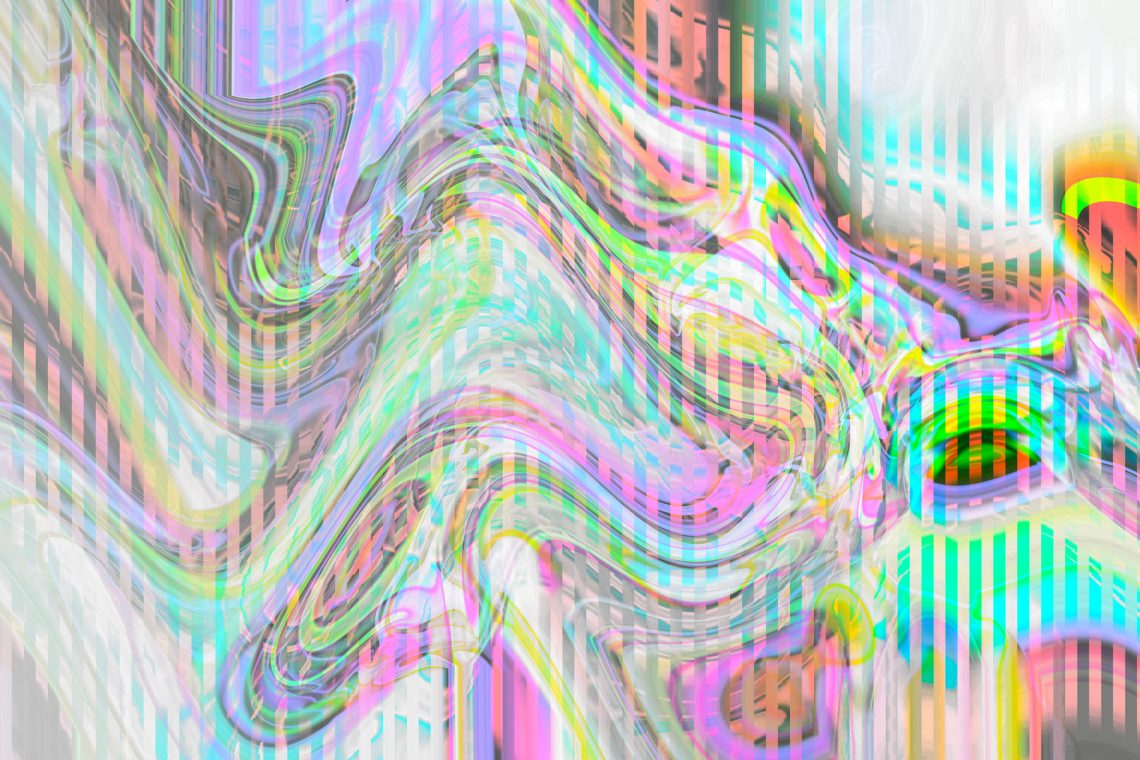
How to make psychedelic art
These are the common elements you can find in trippy psychedelic designs. Combine them if you want to create surreal psychedelic imagery.
- Acid colors
- Kaleidoscope patterns
- Curly lines
- Hallucination imagery
- Optical illusion effects
- Weird typography
Psychedelic art examples
Psychedelic mushroom art
Psychedelic fractal art
Abstract psychedelic art
Hippie psychedelic art
Psychedelic flowers art
To wrap up
Vivid, surreal, mind-blowing psychedelic art has permeated popular culture and left an indelible mark on modern design. This vibrant aesthetic provides a way for an artist or a brand to create visuals that immediately seize viewers’ attention. Eye-catching ads, posters, newsletters, and social media posts inspired by psychedelic art provide a way to stand out!
Discover a special collection of psychedelic photos and videos to find inspiration for your future projects. Look through dozens of files to find new textures, patterns, and color combinations to produce eye-catching visuals that resonate with your audience.
See collectionOther articles you may find interesting
Everything You Need to Know About Art Nouveau
10 Contemporary Female Artists That Will Inspire Your Creativity
